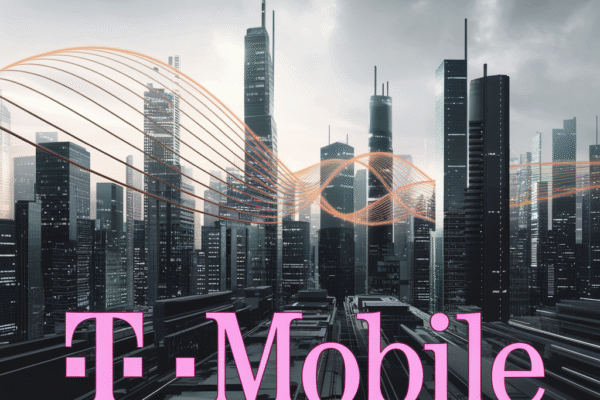Nokia Infinera Merger Review – Introduction
Nokia’s $2.3 billion acquisition of Infinera, a leading provider of optical transport solutions, has hit a speed bump as regulators reset the merger review clock. This move signals a thorough examination of the deal’s potential impact on market competition and antitrust concerns.
Strategic Rationale Behind the Acquisition
The deal aims to bolster Nokia’s 5G offerings by leveraging Infinera’s Intelligent Transport Network architecture, which enables network operators to scale their networks efficiently. By integrating Infinera’s expertise, Nokia seeks to strengthen its position in the 5G market and expand its presence in the optical transport sector.
Regulatory Scrutiny and Historical Context
The merger review process, led by regulatory bodies like the US Federal Communications Commission (FCC), will scrutinize areas such as market concentration and barriers to entry. Historically, similar transactions in the telecom sector have faced regulatory hurdles, as evidenced by Nokia’s past mergers and the failed Qualcomm-NXP deal (Reuters).
Industry Reaction and Financial Implications
Industry analysts and experts anticipate the acquisition to enhance Nokia’s competitive positioning vis-à-vis rivals like Ericsson and Huawei. The deal’s financial metrics, including the $2.3 billion valuation, have been met with optimism by market participants, reflected in Nokia’s positive stock performance post-announcement (BCG).
Nokia Infinera Merger Review – Conclusion and Future Outlook
As the merger review process unfolds, Nokia faces the challenge of effectively integrating Infinera’s operations while navigating market uncertainties and competitive pressures. The deal’s success hinges on regulatory approval and Nokia’s ability to leverage the acquisition strategically. Will this merger reshape the telecom industry landscape, or will it face roadblocks similar to previous failed deals?





